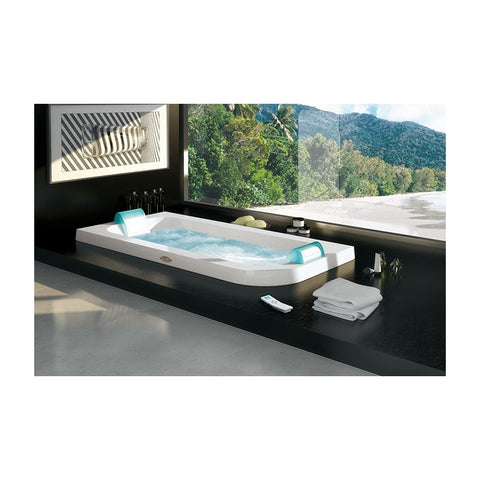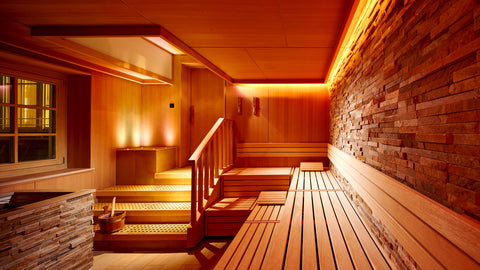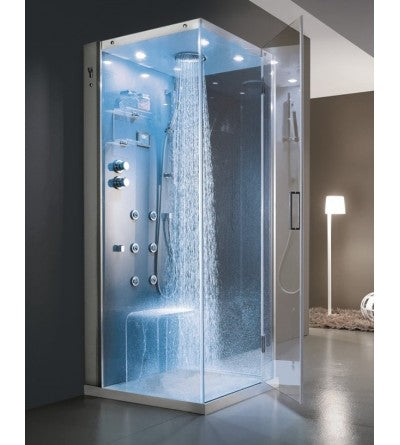LA STORIA
La prima vasca da bagno risale al 17 a.C, nell’antica Grecia, nello specifico nel palazzo di Cnosso a Creta ed era dotata di un impianto idrico incredibilmente avanzato per l’epoca.
Quando nel terzo secolo a.C. si intensificarono i contatti tra Greci e Romani, la vasca da bagno venne rapidamente introdotta nell’impero.
Il concetto di immersione nella vasca da bagno faceva parte di un rituale sociale: si trattava dell’ultima tappa del bagno a vapore e veniva considerata un’attività pubblica, punto di incontro di personaggi di rilievo che si trovavano nei bagni pubblici per parlare di politica e cultura.
La rivoluzione avvenne secoli dopo con l’invenzione dei primi sistemi di diffusione dell’acqua corrente nelle case che permise la diffusione del bagno su larga scala, in concomitanza con la progressiva sparizione dei bagni pubblici.
In alcuni paesi orientali come il Giappone il bagno pubblico rimase per secoli un’attività ritualistica e conviviale ed è ancora oggi fortemente praticata nel contesto quotidiano, al pari delle abitudini degli antichi romani.
Per quanto concerne la struttura, se agli albori le vasche erano costruite in pietra o legno, agli inizi del 19°secolo i materiali preferiti erano zinco, rame e ghisa, con alcuni modelli in pietra; più raramente venivano utilizzati arenaria e marmo.
Il peso di queste strutture variava tra i 25 kg per quelle in zinco, e i 130 kg per quelle in ghisa o pietra.
Verso la metà del secolo vennero poi introdotti materiali quali porcellana e ceramica e solo in epoche più recenti è apparsa la vasca in plastica.
LA STORIA DELLA VASCA IDROMASSAGGIO
Se l’invenzione della vasca da bagno non è associabile a un nome ed un cognome chiari, l’ideatore della vasca idromassaggio è ben noto: Candido Jacuzzi.
La famiglia Jacuzzi, di origine friulana, ma residente in California dal 1917, si è dedicata fino agli anni Settanta alla progettazione di pompe, aeroplani e eliche.
Nel 1956 il figlio minore di Candido Jacuzzi sviluppò una grave forma di artrite reumatoide.
Dopo aver notato che le sessioni idroterapiche che l’ospedale proponeva al ragazzo avevano evidenti effetti benefici, il padre decise di progettare la prima pompa ad immersione che sintetizzava gli effetti curativi dell’idroterapia.
Si trattava di una vasca da bagno dotata di un meccanismo a pompa che permetteva la produzione di bollicine massaggianti che dava la possibilità al ragazzo di proseguire i trattamenti proposti dall’ospedale anche a casa.
L’invenzione rimase ad uso familiare fino al 1968 quando Roy, membro di terza generazione della famiglia Jacuzzi, ne intuì il potenziale e progettò la prima vasca idromassaggio da immettere sul mercato.
Nasce così la J-300: una vasca con bocchette integrate e un sistema idromassaggiante.
Nella storia le vasche si sono differenziate per forme, materiali, funzioni sociali e scopi. Chissà come saranno le vasche del futuro.
![]()
Se avete bisogno di assistenza per la vostra vasca idromassaggio, sauna o il vostro bagno turco, una chiamata al 0113820735 o una mail a sevi@seviwellness.com risolverà tutti i vostri problemi.



